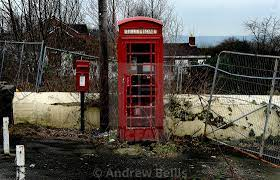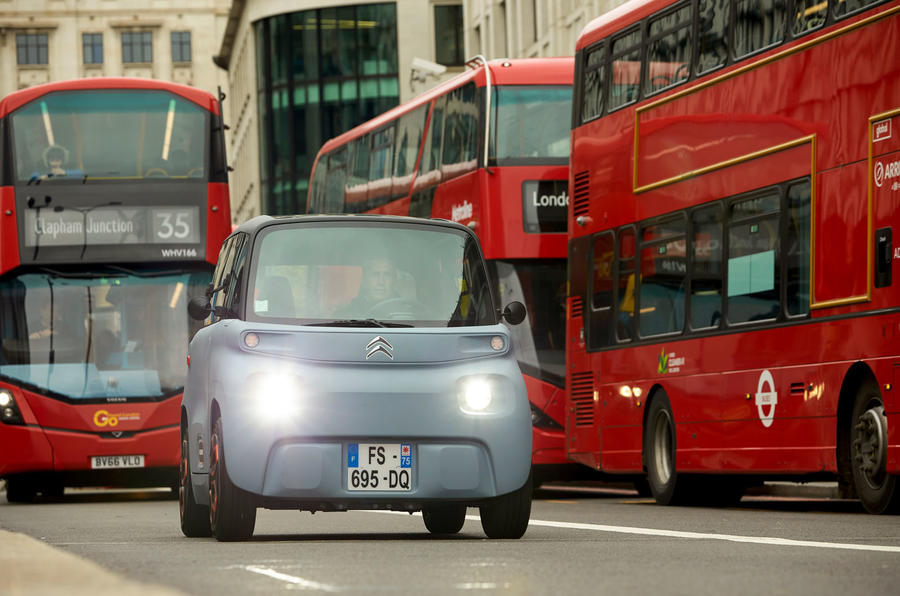- Joined
- Nov 6, 2007
- Messages
- 12,859
- Location
- North Oxfordshire
- Car
- His - Denim Blue A220 AMG Line Premium / Hers - Obsidian Black R172 SLK55
The TT earthing requirement was noted in the document I linked to in post #9 in the Technical Considerations section, on page 12: "Electric vehicle charge points will typically require a TT Earthing system designed and built by the installer, this Earthing system will ensure that the users and installation remains safe during a fault scenario."I thought most oft he UK was a TN-C or TN-C-s system with a bond earth neutral, are you referring to the rural areas?




